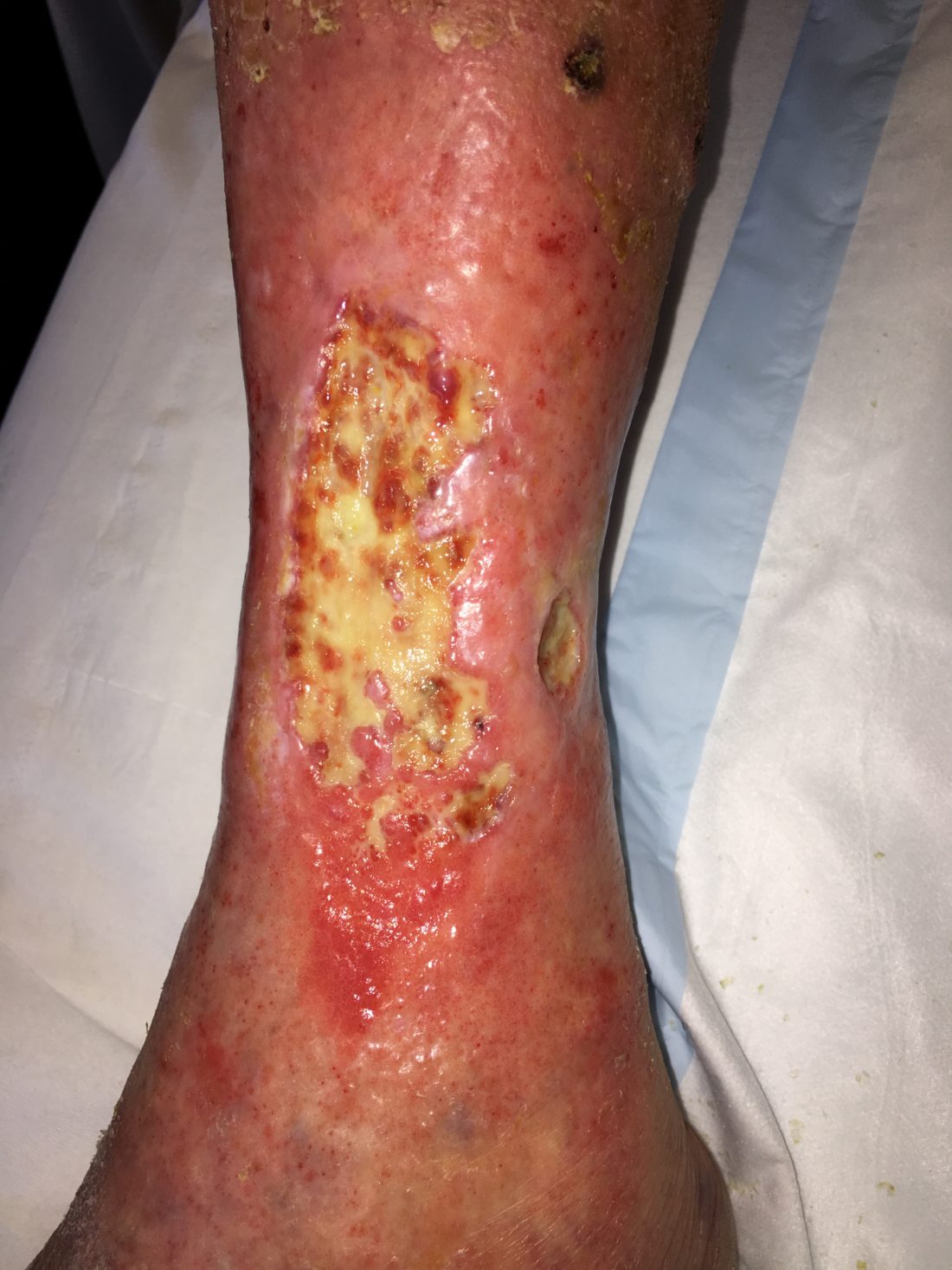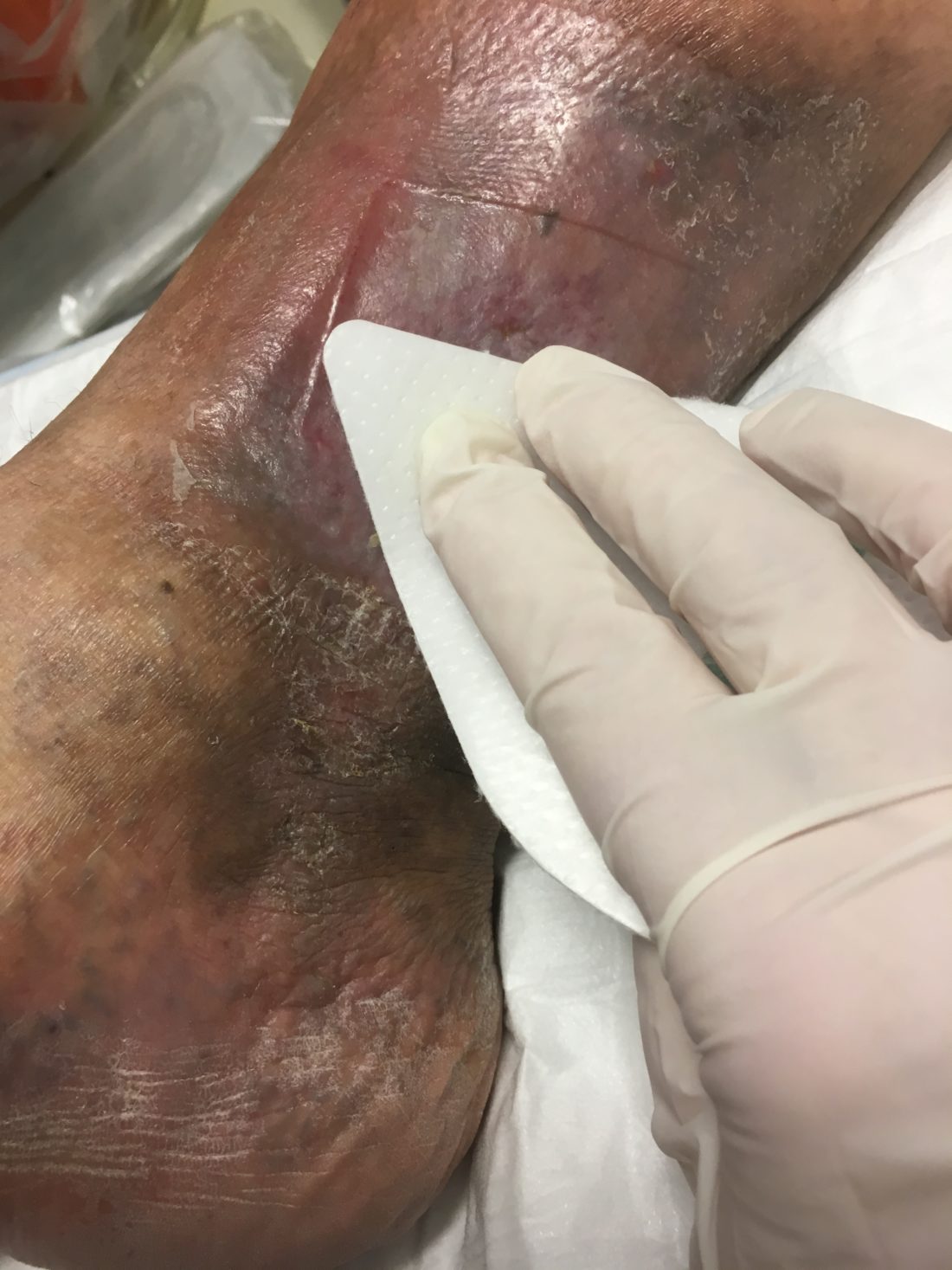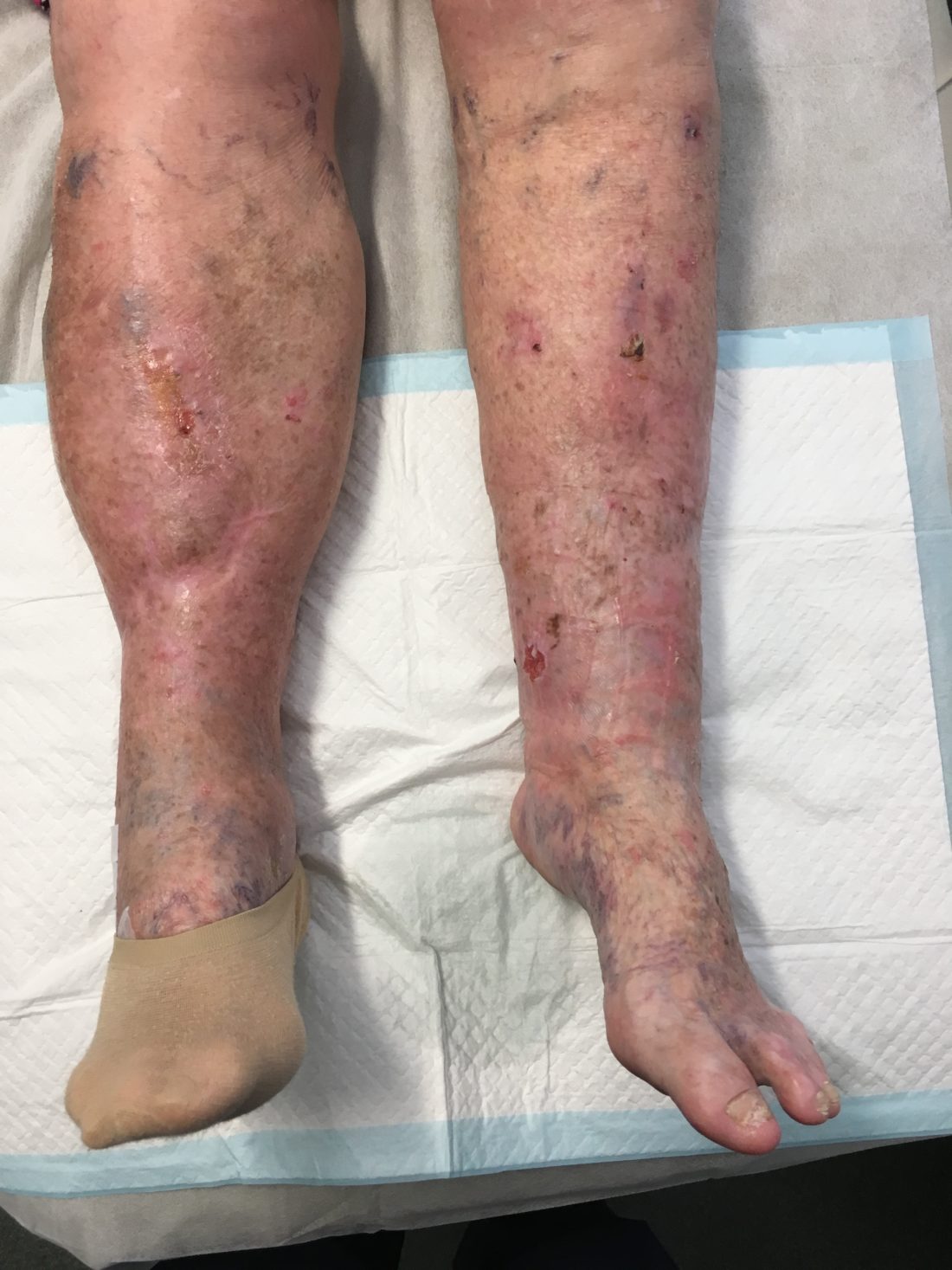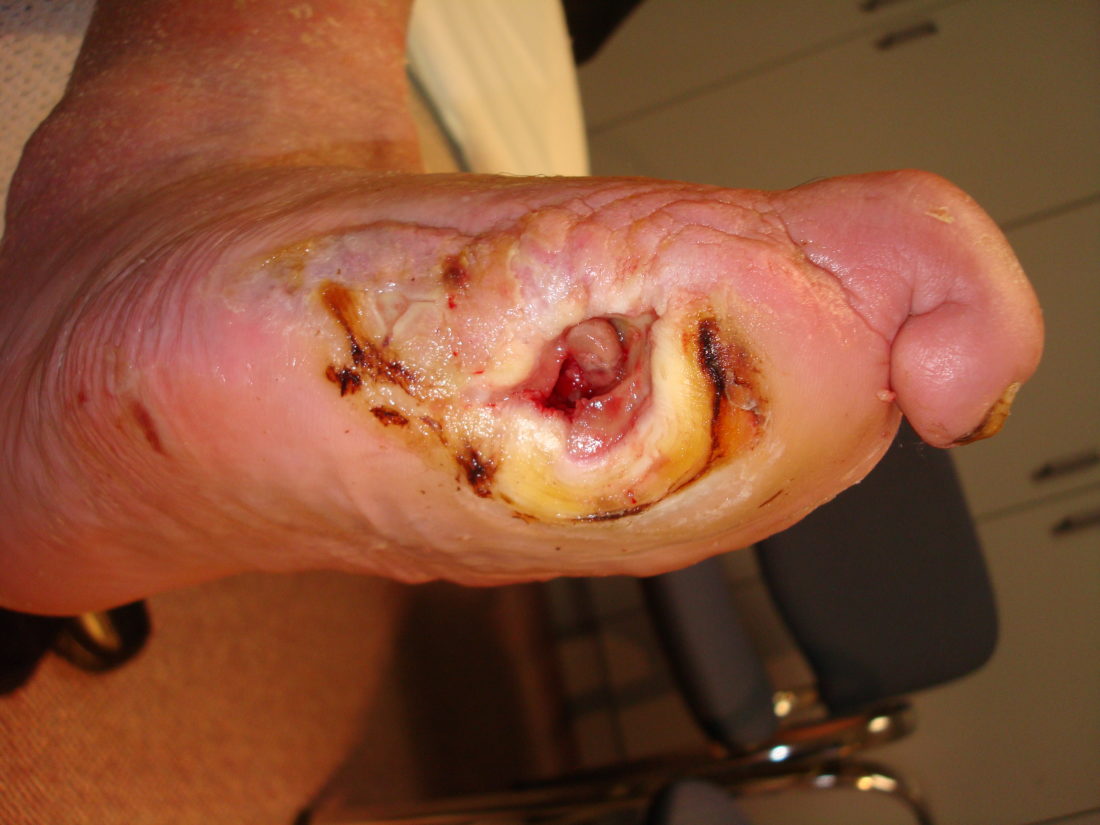
wounds Tag
A snap shot of Wound Australia 2018
Thank you Wounds Australia for a fabulous Conference in Adelaide, celebrating 25 years of National forums. https://www.linkedin.com/feed/update/urn:li:activity:6462951664881139712/
Wound care success within a nurse-led clinic
Jodie Gartner and the team at Junction Place Medical Centre (VIC) beautifully demonstrate how collaboration within a nurse-led clinic can make an incredible difference to the well-being of individuals with wounds. https://www.facebook.com/APNAnurses/videos/1113080575533835/
Revisiting venous leg ulcer recurrence and compression
O’Donnell and colleagues report the following statistics on venous leg ulcer recurrence (after wound closure had been achieved) : 67% for those receiving no compression; 28% for those receiving compression therapy only; 12% for those treated with superficial venous surgery and compression therapy together. J
Reducing radiation skin reactions with a barrier film spray
In the June 2018 edition of Wounds Australia's Newsletter "Deeps Tissues", Priscilla Taylor graciously shares her very personal experience (and that of her friend) who both receive radiation therapy to the breast. Both individuals decided to use two different topical approaches throughout their treatment fractions in
Mechanical wound debridement: the options are expanding
Many health professionals are by now aware that regular debridement enhances the repair of chronic and complex wounds (eg. venous leg ulcers, diabetic foot ulcers, pressure injury and surgical wound dehiscence). A large number of patients with these types of wounds are cared for in
An alternative topical option to antimicrobials
Microbial resistance is an issue of concern for those of us who care for individuals who experience hard-to-heal wounds. The principles of wound bed preparation and biofilm based wound intervention direct us towards adequate tissue debridement and targeted use of antimicrobials. Rippon et al have
The EVRA trial outcome
The New England Journal of Medicine has just published the outcomes of the EVRA (Early Venous Reflux Ablation) trial. The findings are that endovenous ablation of superficial venous reflux concurrent with compression when compared to compression therapy alone resulted in shorter venous ulcer healing times
Stenting or by-pass? Diabetes maybe the decider.
The co-morbidity of diabetes seems to determine whether multi-vessel coronary artery disease is best managed by surgical by-pass or a stenting procedure - the data suggest that this particular group gets most benefit from a by-pass approach to revascularisation. It would be interesting to see








